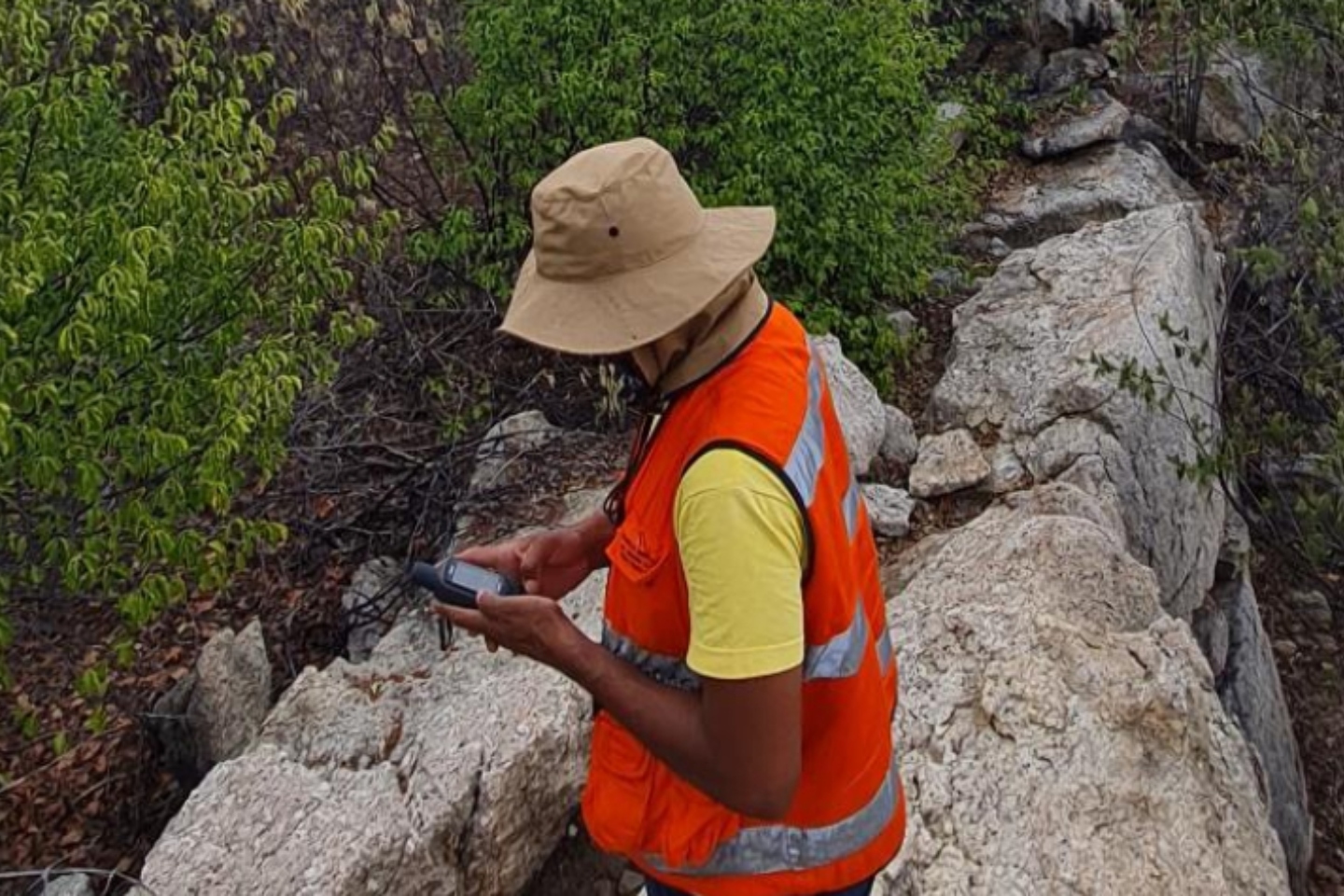Gold Mountain has kicked off a new thrust into rare earths exploration at its Down Under project after amassing a giant land position of some 970 square kilometres in the prospective Jequie province in Brazil. The company has pegged its ground largely based on areas of anomalous thorium and uranium geochemistry, which is known to be associated with rare earths mineralisation in the province.

Gold Mountain has kicked off a new thrust into rare earths exploration at its Down Under project after amassing a giant land position of some 970 square kilometres in the prospective Jequie province in Brazil.
The company has pegged its ground largely based on areas of anomalous thorium and uranium geochemistry, which is known to be associated with rare earths mineralisation in the province.
The suite of 51 granted tenements and six other applications that management has been able to procure makes Gold Mountain a major clay-hosted rare earths tenement-holder in the highly sought-after exploration address in Brazil’s eastern Bahia State. It has named its holdings the Down Under rare earths project, due to the region now being dominated by Australian companies.
The ground is mostly sandwiched between extensive tenure held by the Gina Rinehart-backed Brazilian Rare Earths ground that contains a massive 510.3-million-tonne resource running 1513ppm TREO and another vast area comprising Equinox Resources’ Campo Grande project – both of which dwarf smaller peripheral holdings by Perth-based Australian Mines.
Brazilian Rare Earths had previously identified high-grade ionic-adsorption clay (IAC) rare earths mineralisation and residual rare earths minerals in the deep weathering zone above their primary hard rock sources.
A remarkably high 58 per cent of magnet rare earths are said to exist in the resource, making the deposit particularly important given the demand for them as the world gears up for more electric vehicles (EVs) and power generation. The company’s deposits lie within a regional-scale corridor about 20km to 40 km wide and are defined by high thorium-uranium responses as identified from airborne radiometric surveys.
Gold Mountain’s tenure has been laid out across similar strong thorium-uranium responses, favourable shear zones and potential host lithologies within regional-scale thorium anomalies east of and parallel to Brazilian Rare Earths’ ground. Given the incidence of deep clay hosts to rare earths mineralisation at the significant neighbouring deposit, Gold Mountain says it will also be targeting the potential for “free-digging” IAC rare earths mineralisation lying in the top 40m.
Such deposits are typically simple to mine and rehabilitate and have low capital costs compared to hard rock deposits – and they also have relatively simple metallurgy. Usually, mining leaves no residual pits as the mined area can be backfilled directly with post-process tailings.
googletag.cmd.push(function() { googletag.display('bn-dfp-article-lb2-advert'); });That type of initial mining approach could also serve as a useful geochemical vector to deeper rare earths potential that could exist in the underlying weathered – and potentially fresh – primary rocks, where it hopes mafic-ultramafic bodies and shear zones may host high rare earths grades.
Gold Mountain is establishing a base to support full-time operations at the project and is undertaking desktop studies including geomorphological assessment of weathering profile preservation and satellite imagery interpretation to better map out its initial reconnaissance air-core (AC) drilling.
Other related work will likely include targeted stream sediment geochemistry sampling, geological and radiometric mapping in drainages and the identification of target areas for reconnaissance soil auger and rock chip sampling, followed by the drilling of high-priority targets areas.
Is your ASX-listed company doing something interesting? Contact: matt.birney@businessnews.com.au














